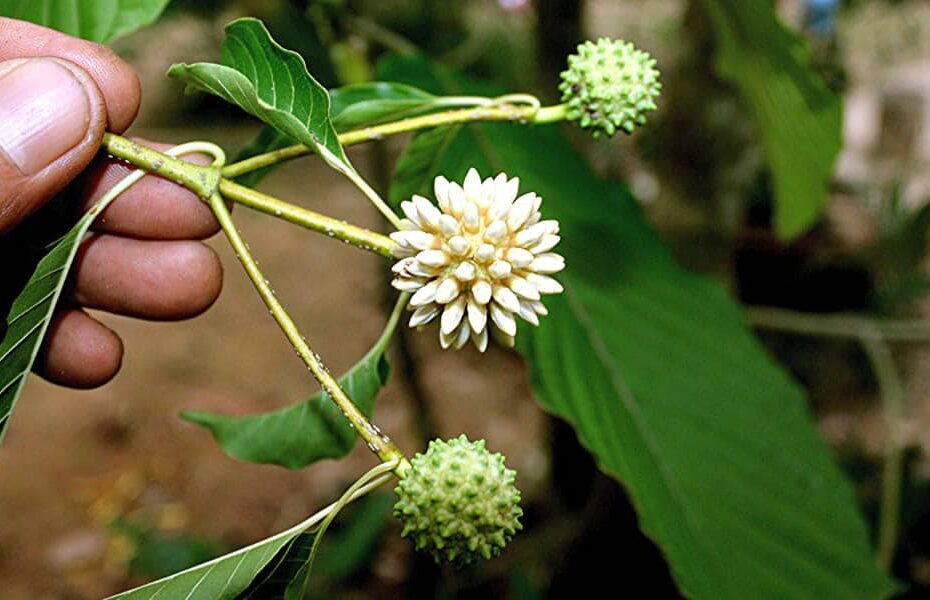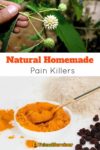Disclaimer: Some of these substances can have serious side effects. Always check with a qualified GP before use. This article is for informational purposes only and is not intended as health advice. Plants may not be legal in some jurisdictions.
People don’t fear death.
They fear the pain that comes with death.
For me personally, one of my biggest fears is being wounded in a real SHTF situation and not having any way to deal with the pain. Even worse, seeing my children in pain and unable to do anything.
Thus, I’ve started getting interested in natural and homemade painkillers.
Word of Warning
Recently many people have gotten interested in making their own natural painkillers. I’m all about self-sufficiency, but you’ve got to be very careful with DIY medicines.
Most natural painkillers don’t have any established dosage amounts. Even if there was, it is very hard to measure dosage.
For example, let’s say I wanted to make a tincture from wild lettuce. The number of active compounds could vary drastically depending on when and where I harvested the plant.
Thus, most of the natural pain remedies I’ve included here are safe (meaning no known severe side effects).
The more potent homemade painkillers should only be considered a “last resort” when medical assistance is unavailable.
Top Natural Pain Killers
1. Wild Lettuce (Lactuca Virosa)
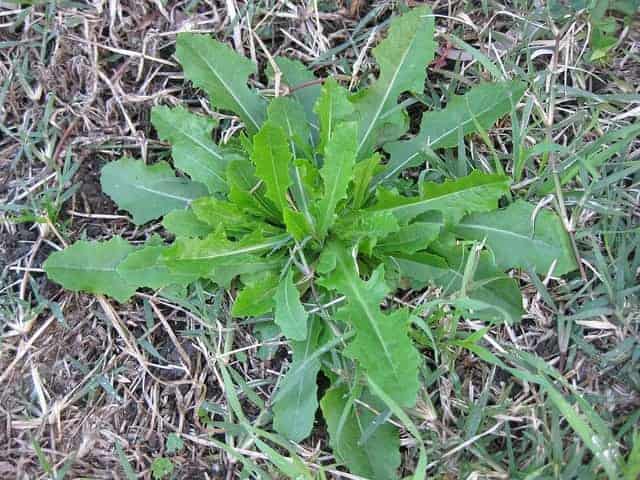
Wild lettuce is known as “opium lettuce” because it is such a potent painkiller. Unlike opiates, wild lettuce is NOT addictive and does not cause significant side effects.
In addition to relieving pain, wild lettuce has benefits like treating cough, insomnia, ADHD in children, and anxiety.
Because of this plant’s importance, I’ve written an in-depth article on using wild lettuce to treat pain.
How to Use
- Tea: 1-2 teaspoons of dried wild lettuce seeped in 1 cup of water, 3x per day.
- Resin: Take about 1.5 grams of resin as needed
- Smoking: Use approximately 0.25 grams of wild lettuce
- Tinctures: Take 12-24 drops, 2-3x per day
Safety: Wild lettuce is not addictive. In substantial doses, though, there may be a risk of depressed breathing and coma.
Side Effects: Users commonly report vivid dreams as a side effect. May also cause lethargy, loss of balance, and distorted vision.
Buy Online:
2. Turmeric

Turmeric and the curcuminoid compounds it contains have been highly studied. It is linked to numerous benefits, such as reducing inflammation, boosting cardiovascular health, and reducing depression.
As a natural painkiller, turmeric seems best suited for pain from GI disorders and inflammatory conditions. Note that you should always consume turmeric with black pepper and some oil. Without these additions, your body won’t absorb much of the active compounds!
How to Use:
- Tea: mixed with black pepper and oil
- Topical: Mix with oil to make an ointment
- Dried powders: Again, you’ll want black pepper and oil to increase absorption
Safety: Turmeric is considered safe. However, it may induce uterine contractions and should not be used by pregnant women. In people using diabetes medicines, turmeric could cause low blood pressure. Turmeric can cause blood thinning, so it should not be used with drugs like warfarin.
Side Effects: Could cause upset stomach, nausea, diarrhea, or dizziness. (Sources: 1, 2)
Buy online:
3. White Willow Bark (Salix Alba)
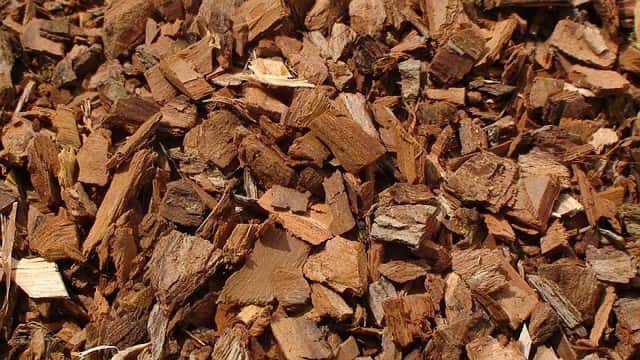
Known as “nature’s aspirin,” willow bark contains salicylin – the same compound as aspirin. It is great at treating pain related to inflammation, particularly muscle pain.
Even though white willow is most commonly used, other members of the willow family are also natural painkillers.
How to Use:
- Chewing: Chew the bark
- Tincture: Take 1-2 drops per day
- Tea: You’d need to drink lots of this to get any pain-killing benefit, though, so it isn’t advised.
Safety: White willow is generally considered safe. However, the same warnings for aspirin apply to white willow bark. It can cause blood thinning (and might interact with blood-thinning medications), increase the risk of Reye’s syndrome, and cause stomach bleeding in people with ulcers.
Side Effects: Might cause an upset stomach. (Sources: 1, 2)
Buy Online:
4. Lavender

Lavender is well known for its calming effects. It turns out that lavender is also a potent natural painkiller too.
Studies have found that lavender oil has reduced joint pain, migraine pain, toothaches, muscle pain, and more. One study found that topical lavender oil was comparable to the drug tramadol.
The plant works by slowing down the nervous system and suppressing inflammation markers. Thus, it is suggested that lavender might also help with conditions like Alzheimer’s.
How to Use:
- Inhalation: Put 2-4 drops of lavender oil into 2-3 cups of boiling water. Inhale the vapors.
- Topical: Lavender oil is toxic when taken orally. Oils should only be used topically.
- Tincture: Take 2-4ml 3x daily
Safety: Lavender oil should not be taken orally. There is some evidence to suggest that lavender might upset hormone balance in boys who have not yet reached puberty. In adults, this is not a risk.
Side Effects: May cause constipation, increased appetite, or headache when taken orally. (Sources 1, 2, 3)
Buy Online:
5. Clove (Syzygium aromaticum)
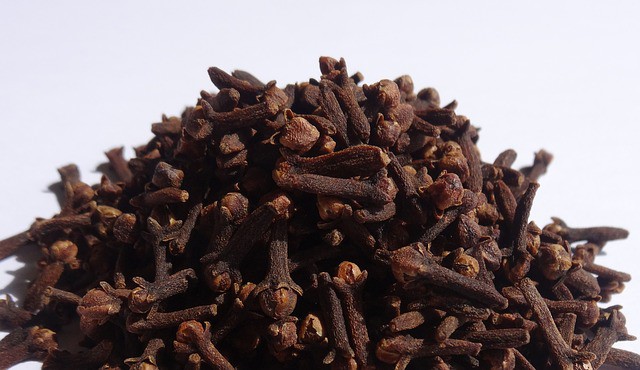
While reading the biography of Malcolm X (Amazon link), I learned that prisoners would use clove powder to get high off. Apparently, it produces a calming high similar to marijuana.
Clove is probably best known for its ability to treat toothaches. It can also reduce pain from other conditions, such as joint and muscle pain.
How to Use:
- Dried powder: Mix with water and consume. The dosage amount is not known.
- Tincture: Clove tinctures should be mixed with a carrier oil. It can be applied topically to sore body parts or taken orally.
- Smoking: This may help with pain, but clove will produce more toxic fumes than tobacco, so it is not advised to smoke clove.
Safety: Children should not be given clove oil as it could increase risk of seizures. Clove reduces blood clotting, so it should not be used in people who have wounds or will undergo surgery.
Side Effects: When used frequently for tooth pain, clove might irritate the gums. When consumed, clove could cause an upset stomach and worsen pain from GI disorders. (Source: 1)
Buy Online:
6. Kava Kava (Piper methysticum)
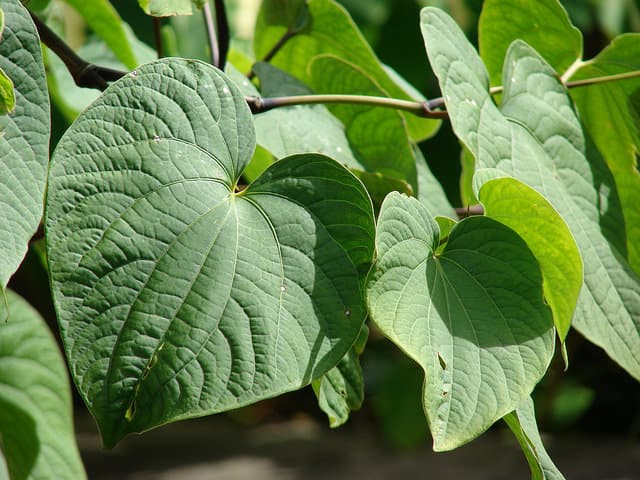
Unless you live in Hawaii or another tropical climate, you aren’t likely to find kava kava locally.
However, you can grow the plant as part of a medicinal garden so long as the kava kava is brought in during cold months. It will take 4 years for kava kava to reach maturity, but you will be rewarded with a potent natural painkiller.
Even in small amounts, kava kava can help relieve anxiety and sore muscles.
In large amounts, it will produce a euphoria comparable to drunkenness. This can be useful if you are battling severe pain and don’t have access to medical help!
The active ingredient of the plant is called kavalactones. If you buy kava products, check the total kavalactones amounts. Generally, 250mg of kavalactones is the suggested dosage.
How to Use:
- Tea: Typically, 3-5 flowers (5 grams) are used to make tea.
- Capsules: Dried flowers can be ground up and put into capsules.
- Smoking: The dosage amount varies.
- Tincture: Up to 40ml daily
- Oil: No dosage info found.
Safety: Kava kava could interact with other medicines and drugs. It is not known to be addictive.
Side Effects: May cause GI disturbances. In high amounts, it can cause euphoria and be disorienting. (Source: 1)
Buy Online:
7. Marijuana

Without getting into the political controversy surrounding medicinal marijuana, it is hard to ignore all the research showing how potent natural painkiller marijuana is.
Studies have found that 93% of patients prefer marijuana over opioids for pain relief.
Using marijuana for pain will get you high, but it can have benefits like reducing anxiety and upset stomach.
How to Use:
- Oils
- Tinctures
- Smoking
- Vaporizing
*Dosage amount: varies significantly depending on the pain level, the plant’s strength, and individual tolerance.
Safety: Despite what you may have been taught in middle school, marijuana is a safe, natural pain killer.
Side Effects: The main side effects of marijuana are sedation, increased appetite, dizziness, and lethargy. Smoking can lead to lung issues.
8. Kratom (Mitragyna speciosa)
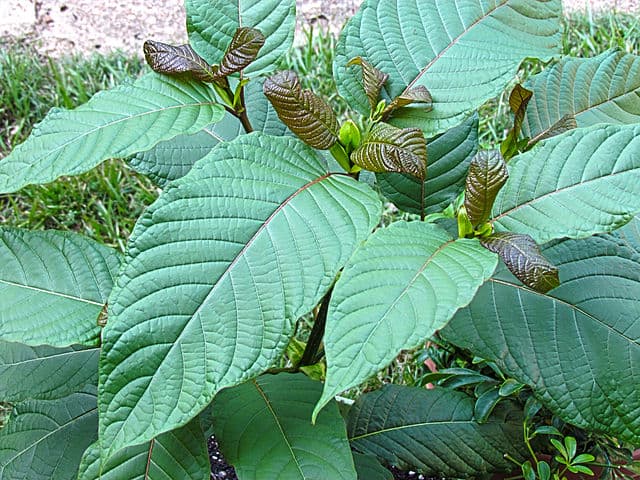
The tropical Asian plant kratom has been in the news lately, primarily regarding whether the FDA will regulate it or not. As of writing this, kratom is still legal to buy in the USA – though that could change quickly.
The plant is the closest herbal relative to hydrocodone. Like hydrocodone, it is a potent pain reliever but can also cause addiction. It has nearly as many alkaloids as opium and will produce a euphoric feeling.
If you are serious about homemade painkillers and survival medicine, it might be worth reading up on kratom and buying some seeds while they are still legally available!
Note that kratom is not legal in many EU countries, Australia, or parts of Asia.
How to Use:
- Fresh leaves can be chewed
- Dried leaves can be brewed into tea
- Dried, ground leaves can be taken as capsules
- Resin paste can be made into a strong tea or eaten
Safety: Kratom is addictive. There is also little reliable information available about dosage. Overdose of kratom can cause seizures, organ damage, and death.
Side Effects: Common side effects include constipation, lack of appetite, insomnia, flushing, sweating, dizziness, nausea, vomiting, itching, and tremors.
Making Homemade Pain Killers
With some of these natural painkillers (such as kratom), you can just chew on the fresh leaves of the plant.
However, in most cases, it would be impractical to consume the plant raw. You’d simply have to eat too much of it to get an effective pain-relieving dosage.
Instead, you will need to process the plant into a more potent form. The most common ways of making potent DIY painkillers are:
- Tinctures: These are made by letting the plant sit in a stripper (usually alcohol). The active compounds are released into the alcohol in a high concentration.
- Oil Infusions: Infusions are made by letting the plant sit in oil. The active compounds are released into the oil.
- Extracts/resins: These are harder to make but are very potent. You make them by cooking the plant matter, collecting the liquid, and then cooking at very low heat for a long time to make a thick paste.
For more detailed info and instructions on making tinctures, infusions, and resins, check out our posts on Opium Lettuce and Wild Plants for Treating Wounds.
Have you used any of these plants as natural painkillers? Any that you would add to the list?
